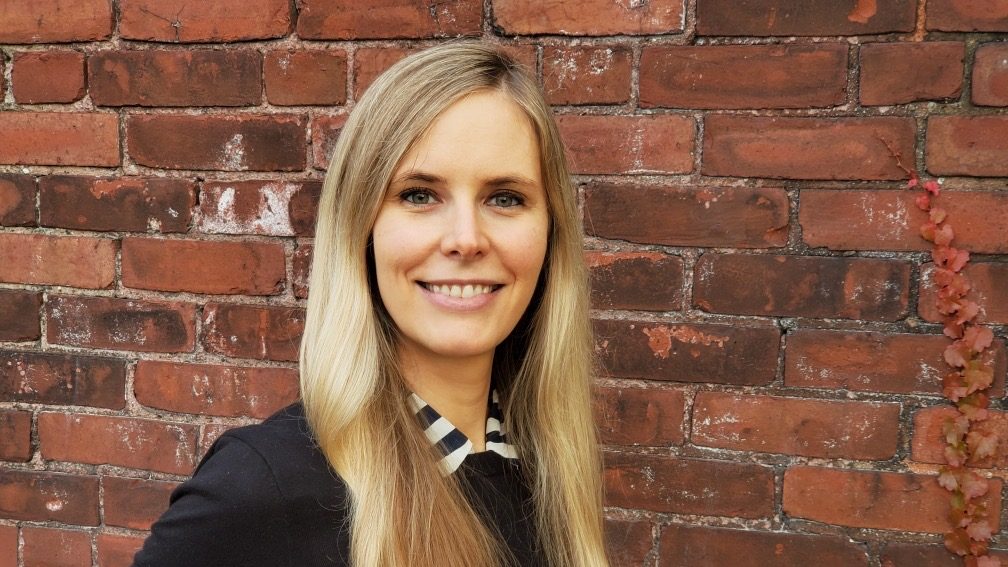
Image Credit: CT Senate Republicans
I think that we all realize that the Covid-19 pandemic affected just about everyone. Even after the vaccine was available, people could still get sick. The one thing that everyone wanted was a way to determine if they had Covid-19. Sure, they could go to the doctor and get tested, but what they really wanted to be able to do was to test themselves at home. This customers desire for an at home Covid-19 test created a marketing frenzy and that’s when the product managers stepped in.
How To Create A Winning Pandemic Product
The product managers at Abbott Laboratories have been able to create the dominant Covid-19 at-home test. That product is called BinaxNow. They were able to build an early lead in the race to seize the sudden new market and provide the leading at-home Covid-19 test. Whether they can keep that position depends on how well they can anticipate the future course of the Covid-19 virus. The Abbot product managers created 1 billion Covid-19 tests last year. At one point, Abbott controlled 80% of the U.S. retail market for at-home Covid-19 tests.
The About product managers were able to create one of the standout products of the pandemic due to a mix of research and manufacturing horsepower, industry connections and some good fortune. The design of the test that they created gave the Abbott product managers an early advantage. The rectangular paper card the company produced was similar to an existing format it had been using to make other tests in the U.S. This meant that Abbott could ramp up production right away. The Abbot product managers were able to use their relationships with big retailers to help Abbott get its tests on store shelves. The product managers got lucky when U.S. regulators authorized only a handful of at-home tests at first, which helped Abbott build a lead as the pandemic hastened the willingness of consumers and officials to test for more medical conditions at home.
Everything did not go perfectly for the Abbott product managers. They encountered problems as they miscalculated the course of the pandemic. The company had to idle its factory and lay off employees when demand for the at-home tests cratered as more people became vaccinated. However, when the arrival of the new Covid-19 variants called Delta and Omicron reversed that slump, many potential customers found empty shelves as they hunted for tests.
The Future Of At Home Covid-19 Tests
The Abbot product managers fully understand that new uncertainties await them. They are facing increased competition on pharmacy shelves from brands including On/Go, Flowflex and iHealth. Additionally, the possibility that there is an end to the public health crisis could impact its business. Federal officials say they still want tests for future surges, but consumer demand has recently dipped as the worst of the Omicron wave waned. The product managers understand that it’s difficult to predict what that demand is going to be. The question that needs to be answered is, do they want to be ready for future variants, which will likely occur this year?
Soon after Covid-19 was identified, the product managers worked with Abbot scientists to develop tests for the virus, starting with more complicated diagnostics that required bulky laboratory equipment and skilled technicians. In order to create something simpler that would be portable and fast-acting, the product managers came up with an antigen test that hunted for pieces of viral protein. To use that test, customers put a swab up their nose, added that sample and a liquid mixture to a rectangular paper card and closed the card shut so that the entire apparatus resembled the shape of a lollipop. The liquid then traveled up the paper strip. It then revealed either one or two pink lines: one for negative, two for positive. The test takes about 15 minutes to complete.
What the product managers didn’t anticipate is that demand for the BinaxNow tests would dry up so fast. That is what happened in the spring and summer of 2021 as the U.S. vaccination campaign really hit its stride. Covid-19 cases and related hospitalizations fell and the Centers for Disease Control and Prevention said fully vaccinated people no longer needed to wear masks in indoor public places or get tested in many situations. The Abbott product managers kept making tests and stockpiling inventory, at first. The company slashed BinaxNow production to a few million a month, discarded the expiring test components, laid off hundreds of their workers. Just as the product managers were cutting output, the Delta variant drove up Covid-19 cases and hospitalizations again, catching the company flat-footed. Testing demand surged; states and pharmacies wanted more tests. As the Delta wave cooled off in the fall, test makers briefly caught up with demand. Then the Omicron variant arrived and pushed orders higher than ever. A government-industry partnership would help maintain test-making infrastructure in preparation for future Covid-19 flare-ups.
What All Of This Means For You
Product managers at Abbott realized that they had an opportunity when the Covid-19 pandemic started to sweep across the country. There was a need for many people to get tested to see if they currently had the virus. However, these people didn’t want to have to go see a doctor or a hospital. Instead, they wanted to be able to get tested at home. The Abbott product managers realized that if they could create an at-home Covid-19 test, then there was potentially a huge market for it.
The Abbot product managers created an at-home Covid-19 test that they called BinaxNow. They were able to ramp up production of their test because it was similar to previous tests. They were able to use existing retail relationships to get their product onto store shelves. When a vaccine became available, demand for the tests dropped off. Additional competition has showed up; however, the government is saying that they still want tests for future waves of the virus. The Abbot product managers created the product by working with scientists to create a nasal swab that clearly indicates if a person is infected. As the Covid-19 pandemic faded, the demand for the tests also faded. However, additional waves of the virus have generated new demands.
The Abbot product managers need to understand that they have a product that will experience ups and downs. This means that they need to be very careful in the quantities of the product that they create. When customers want their product, they should expect to see a surge in demand. They need to make sure that they stay on top of the current variant and they can provide the tests that customers are looking for.
– Dr. Jim Anderson
Blue Elephant Consulting –
Your Source For Real World Product Management Skills
Question For You: How can the Abbott product manager match their production to the ups and downs of demand for their test?
P.S.: Free subscriptions to The Accidental Product Manager Newsletter are now available. It’s your product – it’s your career. Subscribe now: Click Here!
What We’ll Be Talking About Next Time
The post How The Covid-19 At Home Test Battle Was Won appeared first on The Accidental Product Manager.





